Shoppers once relied on product labels to make quick, informed decisions — trusting that words like “natural,” “light,” or “cruelty-free” had real meaning. But as marketing strategies evolve and regulations lag behind, many of these labels have become more about perception than precision. Whether it’s food, cosmetics, or cleaning products, some familiar claims now mask loopholes, vague standards, or outdated definitions. These 13 common labels might not mean what you think anymore — and in 2025, it pays to read the fine print.
1. “Natural”
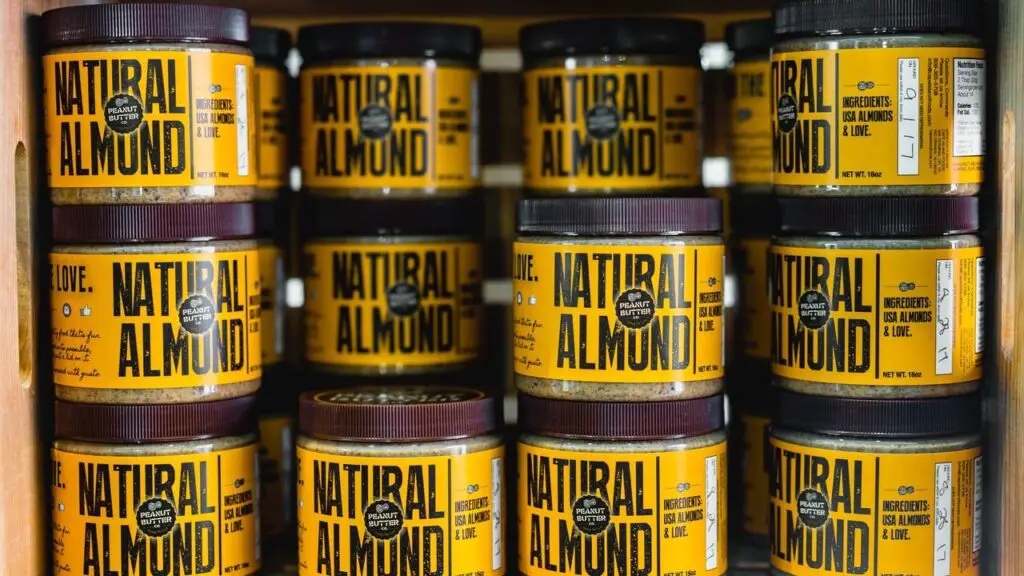
According to the FDA, the term “natural” is not officially defined or regulated on most consumer products. That means companies can use the word even if a product contains synthetic ingredients, preservatives, or processing aids. Consumers often assume “natural” means organic or minimally processed, but that’s rarely guaranteed. Without certification, this label has become more of a marketing tool than a health claim.
In categories like snacks and skincare, “natural” might only refer to the origin of one or two ingredients — not the product as a whole. Brands often highlight this word on packaging to appeal to health-conscious buyers. Unfortunately, unless you see a specific standard or certification, the label doesn’t hold much weight. Trusting the word “natural” can lead to overpaying for products that aren’t necessarily better.
2. “Cruelty-Free”
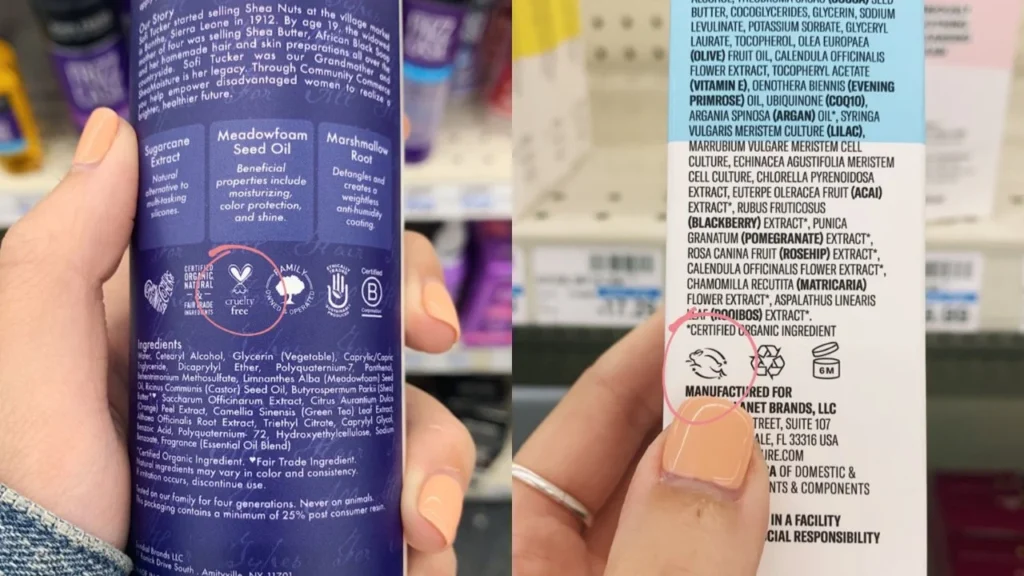
As noted by Consumer Reports, “cruelty-free” is not enforced by a single legal definition in the United States. Brands may use it to mean their finished product wasn’t tested on animals, even if ingredients were tested earlier in development. It also doesn’t guarantee that the supply chain — including subcontractors — adhered to the same practice. That can leave customers misled by a term that sounds far more compassionate than it is.
Several third-party organizations like Leaping Bunny do offer certification, but many brands use “cruelty-free” without external validation. This means a label can be accurate in spirit but not in practice. For ethical shoppers, it’s important to look for official seals — not just the phrase on the bottle. Otherwise, you’re relying on a brand’s definition, not a standardized one.
3. “Light”

According to the USDA, the term “light” on food packaging is allowed as long as there’s a measurable reduction in calories or fat — but it doesn’t always mean “healthy.” For example, “light” olive oil isn’t lower in fat or calories; it simply refers to a lighter color or taste. Similarly, “light” versions of snack foods may have less fat but more sugar or artificial ingredients. Consumers expecting a diet-friendly product may be in for a surprise.
This term can also refer to serving size adjustments that artificially create better nutritional stats. A smaller portion might be labeled “light,” even if it’s just fewer chips in the bag. Without reading the nutrition panel, you’re likely getting only part of the story. The label plays into assumptions — but not always with full honesty.
4. “Eco-Friendly”
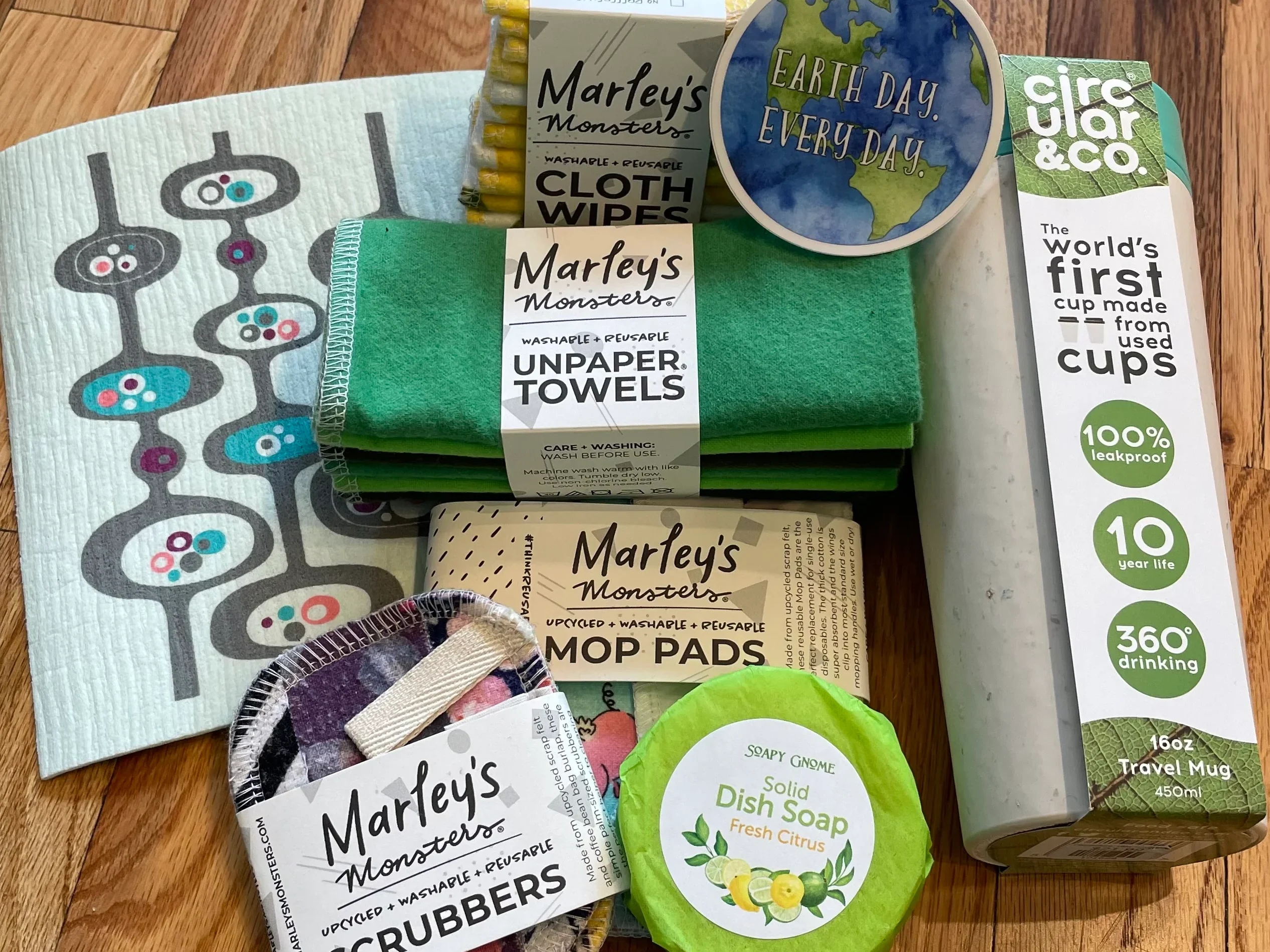
As reported by The New York Times, the term “eco-friendly” is among the most abused and vague marketing phrases in retail. There’s no unified legal standard in the U.S. for what qualifies as environmentally friendly, and companies often self-define the term. A product might be labeled eco-friendly simply because it uses recyclable packaging — even if it’s made using energy-intensive methods. That leaves environmentally conscious shoppers at the mercy of inconsistent definitions.
This label is popular on everything from laundry detergents to light bulbs, but it often lacks substantiated claims. Unless the product has third-party certifications like Green Seal or Energy Star, “eco-friendly” is just a suggestion. Customers should look for verifiable sustainability practices rather than buzzwords. In 2025, vague green claims are under more scrutiny — and rightly so.
5. “Hypoallergenic”
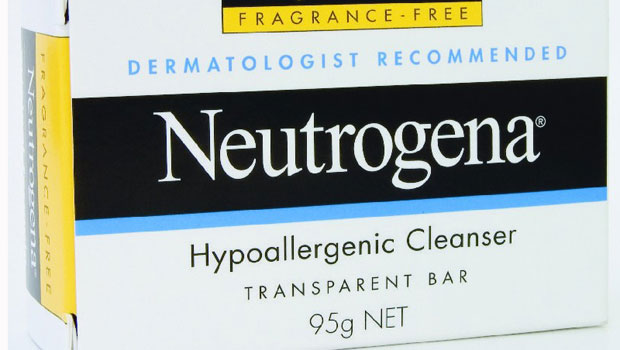
The term “hypoallergenic” is meant to suggest a product won’t cause allergic reactions — but it isn’t regulated by the FDA. Companies can use it freely without proving that their formulas are safer for sensitive skin. That means even products with common allergens like fragrances or preservatives can still bear the label. Shoppers looking for gentler options may be misled by a claim with no universal benchmark.
The lack of standard testing makes this especially problematic in skincare and baby products. While some brands do conduct patch testing, results aren’t always disclosed. Consumers should check ingredient lists rather than trust the label alone. “Hypoallergenic” might sound reassuring, but it guarantees nothing.
6. “Made with Whole Grains”

This phrase suggests a nutritious product, but it doesn’t indicate how much of the food actually includes whole grains. A cereal or cracker might contain just a small percentage of whole grains, while the rest is refined flour. Since there’s no required minimum to use the label, manufacturers can highlight this phrase even if it’s not a major ingredient. Consumers often assume the food is heart-healthy — when it’s barely different from conventional versions.
To know what you’re really getting, look for “100% whole grain” or check if whole grains appear as the first listed ingredient. Otherwise, you could be consuming mostly refined carbs with a touch of fiber for show. This label has more to do with marketing than actual nutrition. Don’t be fooled by a phrase that sounds more meaningful than it is.
7. “Fragrance-Free”
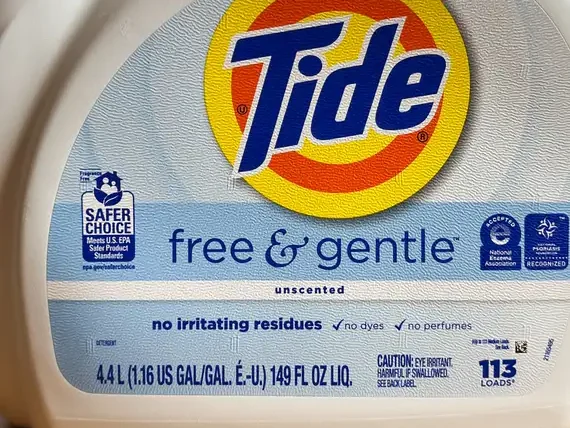
Many assume “fragrance-free” means a product contains no scent at all, but that’s not necessarily true. In fact, the label often allows for the inclusion of masking agents — chemicals that neutralize or cover up odors. These agents can still irritate sensitive skin or cause allergic reactions. The label simply means no added fragrance for the purpose of scent, not that it’s ingredient-free.
For people with fragrance sensitivity, this distinction is important. A truly scent-neutral product would list no odor-neutralizers, essential oils, or perfumes — even hidden ones. Without stricter regulations, “fragrance-free” remains a loosely defined promise. Always check the full ingredient list if your health depends on it.
8. “Non-Toxic”
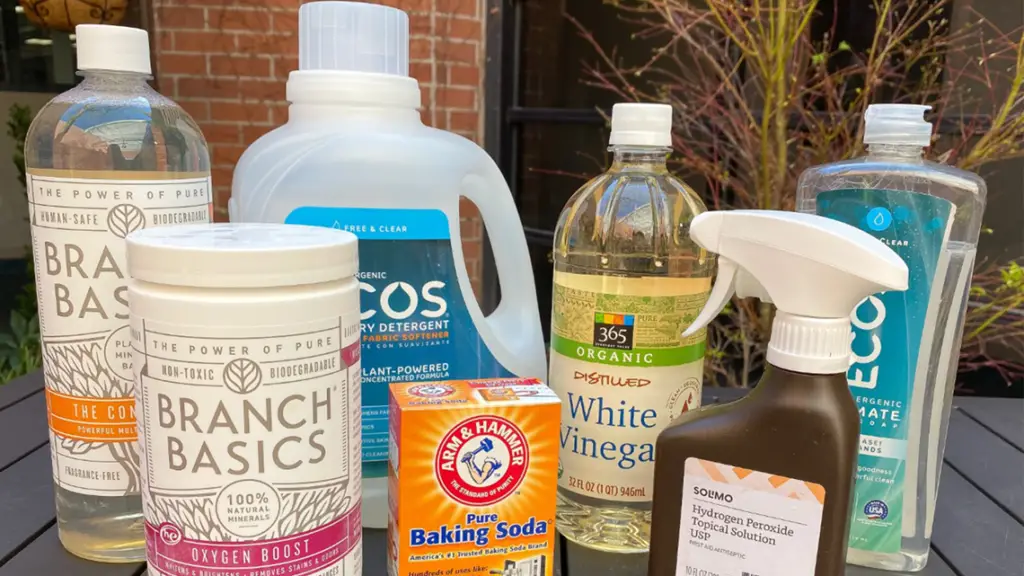
“Non-toxic” sounds like a strong safety claim, but in most cases, it just means the product won’t cause immediate harm under normal use. It does not guarantee long-term safety, nor does it mean the product is free of harmful chemicals. Cleaning supplies, cookware, and cosmetics often bear this label, despite containing ingredients under regulatory review. The phrase is not tightly defined or universally tested.
In legal terms, “non-toxic” can still include substances that are hazardous in high doses, to pets, or to the environment. Manufacturers often rely on the lack of clear enforcement to use the term broadly. While it might sound reassuring, it doesn’t tell you much about chronic exposure risks. The label is more of a comfort phrase than a medical assurance.
9. “Sugar-Free”
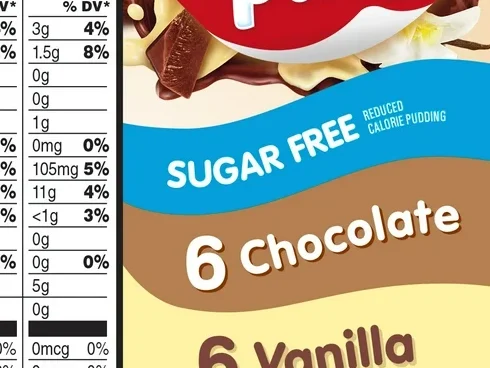
“Sugar-free” doesn’t always mean carbohydrate-free, and it definitely doesn’t mean calorie-free. Products with this label often use sugar alcohols or artificial sweeteners that still impact blood sugar or digestive comfort. They can legally include up to 0.5 grams of sugar per serving and still bear the claim. For people managing diabetes or metabolic conditions, this can be misleading.
It’s also common for “sugar-free” items to compensate with extra fat or salt to maintain flavor. This trade-off may not be obvious unless you read the full nutrition label. Just because it’s “sugar-free” doesn’t mean it’s healthy — or even better than the original. The label masks more than it reveals.
10. “Organic” (in Body Care Products)

Unlike food, personal care items labeled “organic” aren’t always held to strict USDA standards. Some products include only one or two organic ingredients and still use the term prominently on the front label. Others may rely on outdated or private certification systems that don’t match food-grade requirements. The result is consumer confusion in an industry with inconsistent oversight.
If a body lotion says “organic” but lacks the USDA Organic seal, it’s worth questioning the claim. The product may still contain synthetic fragrances, dyes, or preservatives. To be sure, look for labels with third-party certification. Otherwise, the word “organic” might just be part of the marketing plan.
11. “Gluten-Free”
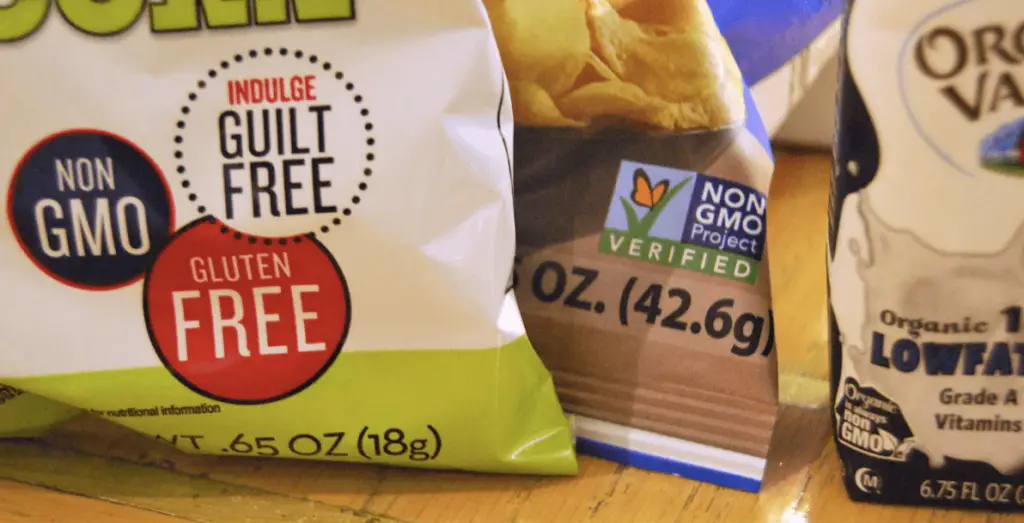
While “gluten-free” is important for those with celiac disease or gluten intolerance, it’s also become a buzzword used to market foods that never contained gluten in the first place. Products like potato chips, rice, or water may carry the label even though gluten was never present. This has caused confusion over what the label actually adds to the product’s value. It also encourages overpricing of basic items.
Though the FDA does regulate the use of “gluten-free” for packaged foods, the term has been stretched far beyond necessity. Some consumers now assume it means healthy, low-carb, or low-calorie — which isn’t necessarily true. The label offers peace of mind for a specific medical need, but not much else. Buyers should match claims to actual dietary relevance.
12. “Fair Trade”

While “Fair Trade” is a certified label in many cases, the term itself has also become diluted. Some products say “fairly traded” or “ethically sourced” without any third-party oversight or verification. That makes it difficult for consumers to know whether workers were truly paid fairly or if environmental standards were met. The lack of a consistent certification process across industries contributes to this ambiguity.
To ensure legitimacy, look for certified Fair Trade logos from recognized organizations. Otherwise, the language might be little more than brand-driven storytelling. As ethical shopping grows more popular, so does loose labeling. It’s a good idea to double-check who — if anyone — is vouching for the claim.
13. “Cage-Free”
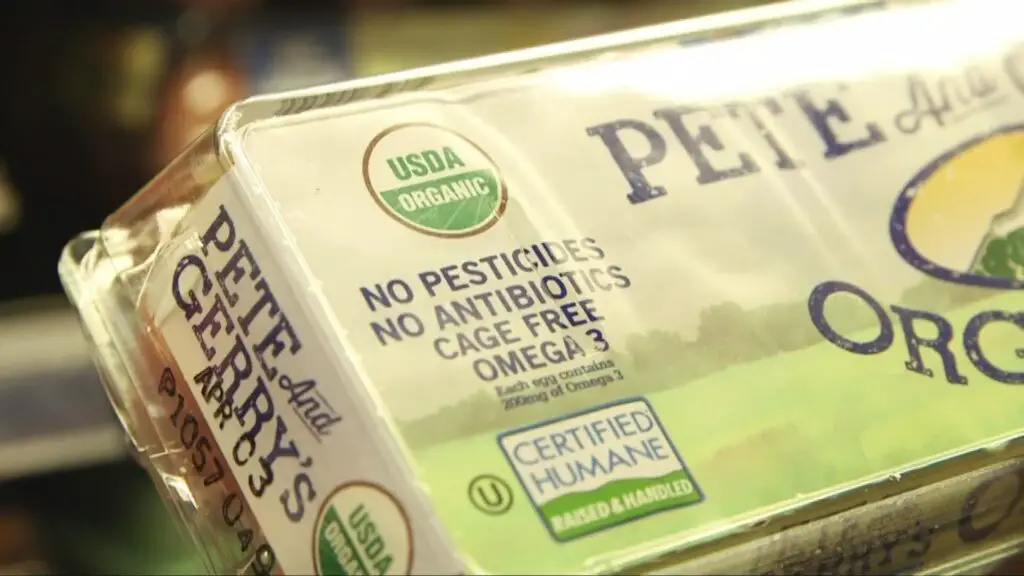
The term “cage-free” sounds humane, but it doesn’t guarantee that animals lived outdoors or in comfortable conditions. In many cases, cage-free simply means chickens weren’t confined to battery cages, but still lived indoors in crowded barns. The standards vary by producer, and welfare improvements may be minimal. Consumers looking for animal-friendly options might be disappointed.
Other labels like “pasture-raised” or “free-range” offer slightly more transparency but also suffer from loose definitions. The poultry industry often uses “cage-free” as a feel-good term that masks uncomfortable realities. Without regulatory clarification, these labels may create more confusion than confidence. Ethical eaters should dig deeper before assuming what the carton implies.
